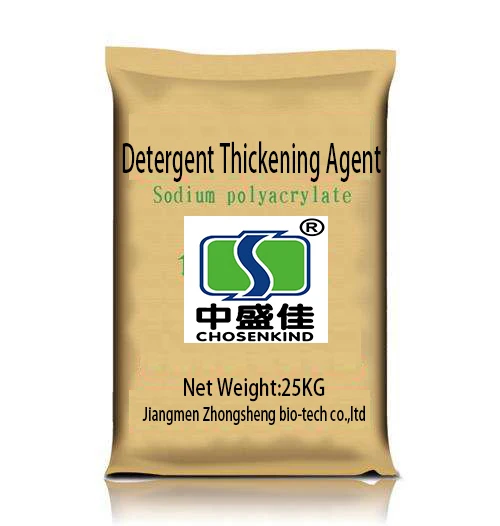


Tests are typically conducted through a range of shear rates and temperatures with the resultant viscosity plotted in graphical form. TESTING FOR VISCOSITYĪ testing device known as a viscometer is used to determine liquid viscosity. Candy compounds, for instance, tend to thicken when energy is applied. Liquids that exhibit increasing viscosity when energy is applied are referred to as shear thickening or dilatant. Paint would be an example of a shear thinning liquid. Liquids that exhibit reduced viscosity when energy is applied are referred to as shear thinning or thixotropic. Motor oils would be a great example of Newtonian fluids. Liquids that exhibit reduced viscosity with rising temperature are referred to as Newtonian. SSU = cSt x 4.55 (where cSt are greater than 50)ĬSt = cPs/SG (specific gravity) BASIC VISCOSITY TERMINOLOGY Newtonian The relationship between these units is expressed in the following equations: Viscosity is commonly expressed in units of SSU (Seconds Saybolt Universal), cPs (Centipoise) or cSt (Centistokes). Positive displacement pumps performance is based on using water or oils where lubrication is required. Centrifugal pump performance is based on testing with water. This characteristic must be taken into account when making process pump selections and in determining friction losses in a fluid process system. Viscosity is a fluid property which is resistance to shear when energy is applied. In this post, you'll learn the basics of viscosity, and how heat and energy can affect the viscosity of fluid. What happens when it's heated? What happens when energy is added? When choosing the pump you need, there are a number of factors that come into play, and viscosity of the fluid is one of them. When selecting a pump for your system, it's important to understand the fluid you're pumping to its fullest extent.


 0 kommentar(er)
0 kommentar(er)
